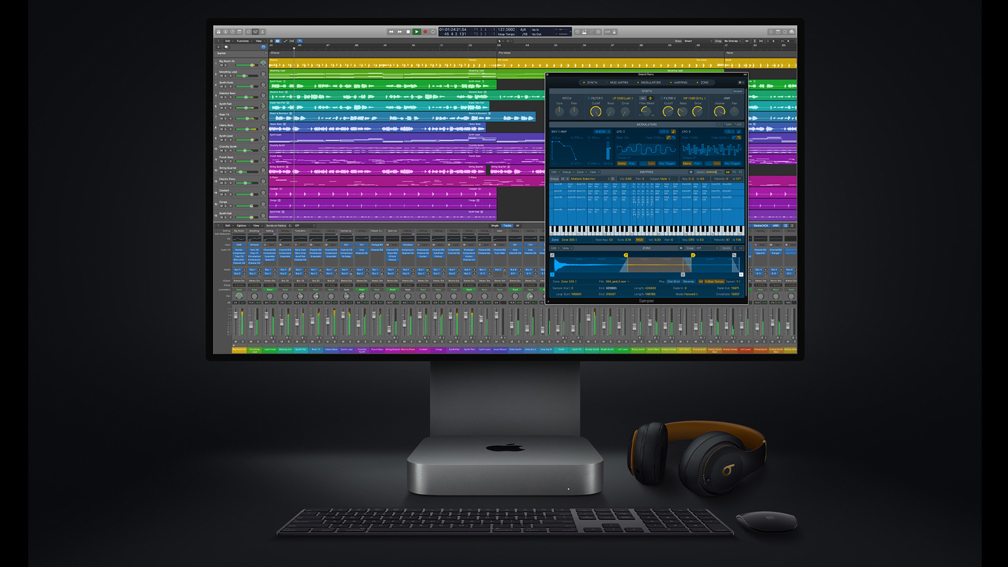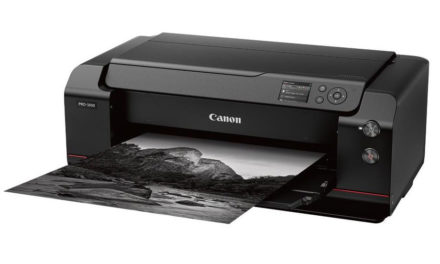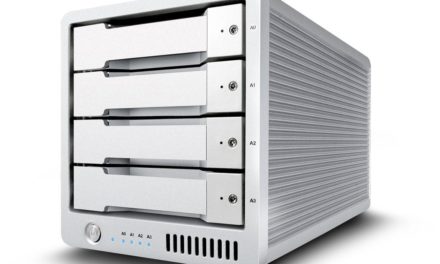A World without Spinning Beach Balls
Review by Steve Baczewski
For years it seemed like all Apple was doing was putting out new iPhones, iPads, and watches, and their days of building powerful desktops was over. I was wrong.
Apple has reinvigorated the computer market with their new M1 chip and a new line of Apple computers. They stopped using Intel chips, started manufacturing their own, and kicked things off with their new MacBook Air, MacBook Pro, and Mac mini. All with the M1 chip. Apple refers to it as a system on a chip (SoC), because it’s an all-in-one integrated chip with an 8-Core CPU, an 8-Core GPU, and a 16-core AI Neural engine. Tasks are directed to specific cores for faster processing. Apple claims that this new CPU delivers up to 3x faster processing and 6x faster graphics performance than preceding generations.
There are two base models that come with 8 GB of memory and either a 256-GB or 512-GB SSD. They sell for $699 and $899, respectively. The configuration can be pushed to 16 GB of RAM and 2 TB of SSD that costs $1,599 (caveat emptor). Whatever configuration you buy is fixed. There’s no upgrade path. There are no DIMM slots to add more RAM or the ability to add an external GPU.
My Mac Pro was having more and more issues, but I was hesitant to buy the mini because I was used to lots of RAM. Remember the old saying, “You never have enough RAM.” Well, I ended up buying 16 GB of RAM and a 2-TB SSD, rationalizing that the 2-TB SSD could always be used as a scratch disk. I needn’t have been concerned. Its performance is stellar.
Apple also used this opportunity to show off the M1 chip’s performance and released Big Sur, their new OS. It’s a good marriage!
The Mac mini’s silver aluminum 1.4×7.7×7.7″ chassis looks exactly the same as the 2018 Intel model except there are fewer Thunderbolt ports, and still no SD card slot. The mini comes with a Gigabit Ethernet port, 2 Thunderbolt type 4 ports, 1 HDMI 2.0 port, 2 USB-A ports, and a 3.5mm headphone jack. Apple covered all the necessary ports, but just not enough: An external hard drive and a dock with more Thunderbolt ports and an SD slot would be worthy accessories. The mini comes with just a power cord, so setup is straightforward, and I attached two 4K displays.
Initially, both Photoshop and Lightroom were running smoothly via Rosetta’s emulation mode, but Adobe upgraded both applications to run natively, and performance and integration between Photoshop and Lightroom became noticeably faster, smoother, and (best) trouble-free. Files open immediately and words like “loading” never come on the screen. When I move an adjustment slider in either program, the effect is in real time; there’s no lag, no hesitation. When creating masks, there’s no annoying delay watching the adjustment catch up to the brush. I imported 250 uncompressed RAW files with smart previews taken with a Sony A7R IV. It took exactly 10 minutes. The same task took 12 minutes 30 seconds on my 2013 Mac Pro. At one point, I had seven applications open and was moving between Lightroom and Photoshop with 100–200 MB files using multiple layers in Photoshop, and not once did I see a spinning beach ball or any hesitation when using Content-Aware Fill, blend modes, or power-hungry filters. Everything responds in real time.
In the past, using Bluetooth devices was a known issue. I’m currently using Bluetooth to connect a mouse, a keyboard, and speakers without any problems; however, the Mac mini’s built-in speakers are lackluster.
After hours of work, the chassis of the Mac mini remains cool and quiet—I have yet to hear the fan. The Mac mini with M1 chip isn’t a bridge computer while you wait for the one you really want to come out. If you’re used to the power of a big Mac Pro, this first edition, entry-level Mac mini w/M1 is more than enough to run Photoshop and Lightroom. It’s just small. ■






